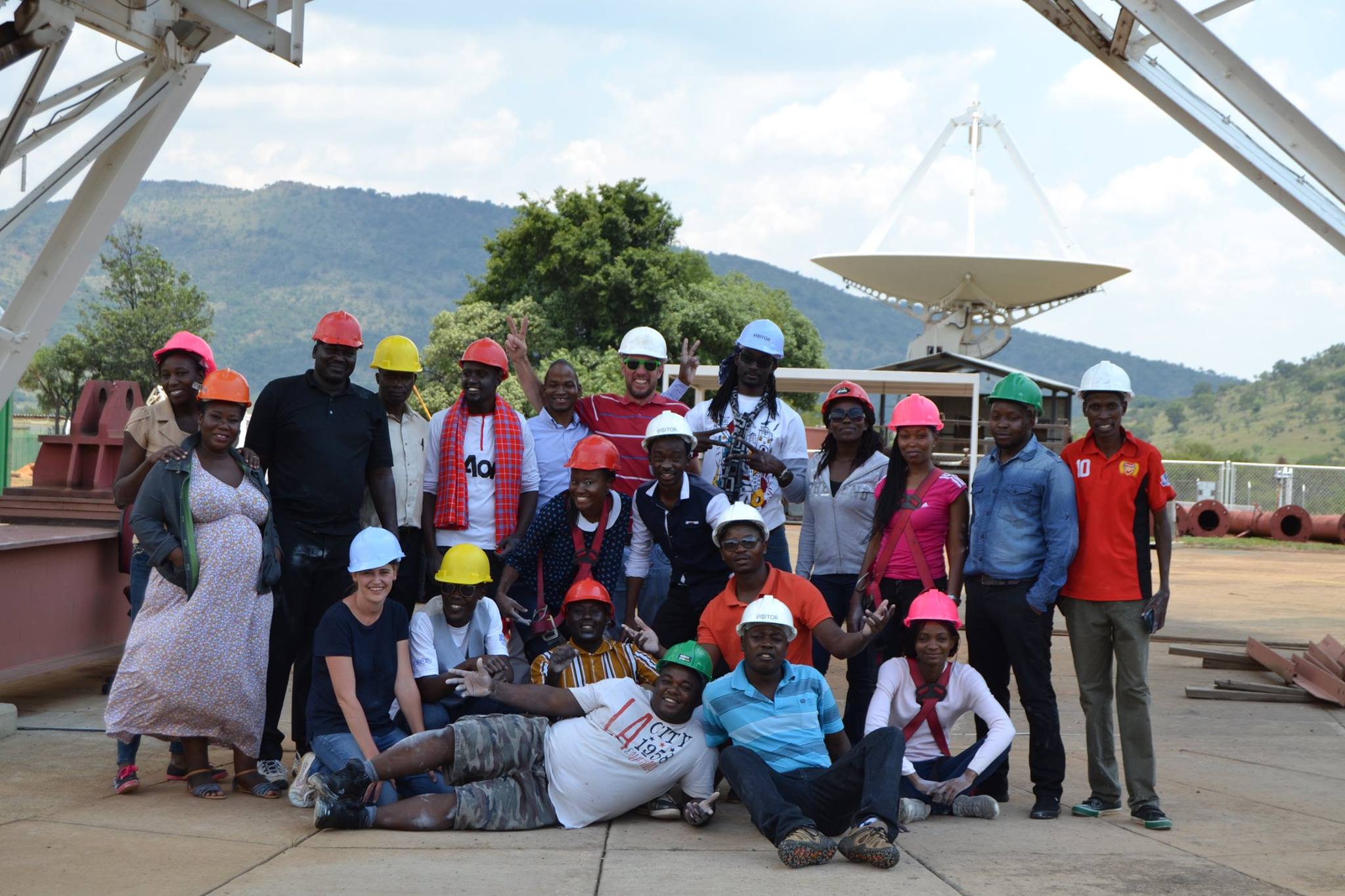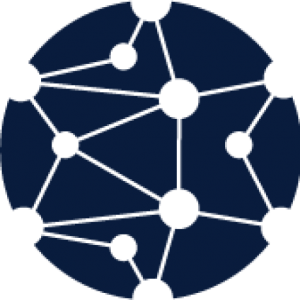
When you think of big science projects – and in particular, space science – Africa is not the continent that springs to mind. But eight countries across Sub-Saharan Africa are set to take part in the world’s largest ever radio astronomy initiative – and the University of Leeds is spearheading a project aimed at ensuring they can make the most of this opportunity.
Kenya, Zambia, Namibia, Botswana, Ghana, Madagascar, Mozambique and Mauritius are due to host radio telescopes in the second phase of the Square Kilometre Array (SKA) – a major international effort, which will see thousands of dishes installed across Africa. The aim is to provide something approaching a square kilometre (one million square metres) of collecting area, to enable astronomers to study the sky in unprecedented detail and survey the sky much deeper than ever before. South Africa’s Karoo desert will host the couple of hundred dishes that form the first phase, with construction due to start in 2018. But to gain the resolution required, a second phase is also needed, extending the telescopes across sub-Saharan Africa.
Radio astronomy studies objects in space based on the radio signals they emit, tackling questions such as how stars and galaxies are formed and how they evolve over time. However, with the exception of Mauritius, radio astronomy as a discipline is mostly non-existent in the eight countries taking part in Phase Two of the SKA: it is not taught at universities and there is no research undertaken in the discipline. So a ‘precursor’ project is underway, converting large but defunct satellite communications dishes into radio telescopes, to get things moving before the more sophisticated antenna of the SKA arrive.
But the problem remained that trained radio astronomers would be needed to operate the telescopes in those countries – and this was where Melvin Hoare, Professor of Astrophysics at the University of Leeds, saw he could help.
“Ghana was chosen to be the first country to have a telescope converted just as the Royal Society were offering grants for scientific collaboration between the UK and Ghana,” he recalls. “We won funding to run a basic radio astronomy training course for Ghanaian physics graduates – and it’s grown from there.”
Thanks to a Newton Fund grant in 2015, this initial work with Ghana led to the Development in Africa with Radio Astronomy (DARA) project, expanding to include Kenya, Zambia, Namibia and Botswana. Matched resources were put in by South Africa to deliver this joint project. A further £2.7million from the Newton Fund, awarded this year (2017), means the DARA project can now continue until 2021, with all eight countries in the SKA taking part.
The concept is simple: each year, in each country, up to ten graduates in physics or another relevant discipline undergo basic training in radio astronomy, delivered in four intensive, two-week units. These cover: astrophysics; technical training in using a radio telescope; radio astronomy observation; and data reduction and analysis. Trainees can then apply to study for a Masters degree or in some cases, a PhD, in either South Africa or the UK, and from 2017, in Mauritius as well.
Trainees are also given additional training in high-level computing, commercial awareness and science outreach – all part of the project’s aspirations to do far more than simply create a new generation of radio astronomers, ambitious as that goal is in itself.
Professor Hoare explains:
“We’ve been awarded the funding to support development in these countries and we firmly believe that a big science project like the SKA can do this – its founder talked of ‘raising the eyes’ of the African continent.
“Big science – and the home-grown scientists that do it – can inspire future generations to study science. It’s a simple equation: more scientists are good for an economy. Of course, not all those we train will become radio astronomy researchers. But the technical knowledge and additional skills they gain will open many other avenues, all of which can benefit them as individuals and the country as a whole.”
To date, 70 trainees have undertaken the basic programme, with four now studying for a Masters and a further three studying for a PhD in the UK funded by the DARA programme. A similar number are undergoing advanced training in South Africa and their home countries as part of the project. Others have used the training to help win their own places on Masters and PhD programmes.
Alongside the University of Leeds in providing the training are the Universities of Manchester, Oxford and Hertfordshire, with Bristol and Central Lancashire joining soon. These institutions are already working together on another project – to convert a satellite communications dish in Cornwall and connect it with the UK’s e-MERLIN network of radio dishes centred at Jodrell Bank. The company that runs the site in Cornwall, Goonhilly Earth Station Ltd, is part of DARA, providing the trainees with ideas about commercial applications for the skills they are gaining. And partners in South Africa providing training sites and study opportunities include the Hartebeesthoek Radio Astronomy Observatory, SKA-South Africa, five universities and the South African National Space Agency.
Professor Hoare is the first to admit that DARA is not a conventional use of overseas development assistance money.
“The Newton Fund is about driving development through scientific collaboration, but most projects tend to focus on traditional areas of health, sanitation, agriculture, primary education,” he said. “Radio astronomy is a bit of an outlier. But we have very clear outcomes that we want to achieve, which is why this project has caught people’s imagination. By creating sustainable radio astronomy groups that can operate and exploit the telescopes in each country, we can help Africa make a real success of the SKA. That will be inspirational and transformational for each country’s aspiring young scientists and the continent as a whole.”
Ghana: Naomi Asabre Frimpong
PhD student Naomi Asabre Frimpong is determined that radio astronomy becomes one of Ghana’s strengths.
“I want to see real science undertaken using Ghana’s telescope,” she says. “There’s no point being in the SKA just for the ride, we need to be contributing to global understanding of space.”
Naomi became involved in the SKA when her employer, the Ghana Atomic Energy Commission, was chosen to host the country’s first ever Space Science Institute. A nuclear chemist by training and with no background in space sciences, Naomi was nonetheless picked to be one of the team getting the new institute off the ground, mainly for her skills in networking and getting things done.
When the first radio astronomy training course was arranged with the University of Leeds, Naomi leapt at the chance. And after securing a place to study for a PhD at the University of Manchester, she’s now combining her love of chemistry with radio astronomy, looking at the astro-chemistry of methanol masers, which are formed in enormous stars.
While it’s tough being away from her family – Naomi is married with two children – she’s really excited about radio astronomy and what it could mean for her country:
“I’m so motivated to go back to Ghana and put what I’ve learned into practice. I really believe we can do something important for science and for the world, using our new antenna and the opportunities it offers.
“Women are a minority in the radio astronomy community, so it’s also exciting that I can act as a role model to get girls interested in science. I’ve always been involved in science outreach, and one of the things we plan to do with the telescope is run an astronomy club, inviting school children to come and visit the telescope and learn about what it can do.”
Kenya: Willice Obonyo
Willice Obonyo had just completed a Masters in Astrophysics in South Africa when he saw the advert for a basic radio astronomy course in his native Kenya.
“Astrophysics isn’t a developed discipline in Kenya, but I knew we were due to have a telescope converted and thought this would enable me to use my new qualification back home.”
When Willice looked at the content of the course, he realised that most of it would be new to him, despite his astrophysics background, in particular the practical and technical training on using the telescopes and the specific analysis techniques for radio astronomy data. Willice is now studying for a PhD at the University of Leeds, looking at radio signals emitted by protostars during their formation.
What he’s found most exciting about his studies is the quality of the data he’s working with and the level of autonomy he’s encouraged to have.
“Because UK universities have established research groups in radio astronomy, they have access to world-class radio astronomy facilities,” he says. “I’m looking at data that no-one else has studied yet, which is quite challenging but also very exciting. It’s down to me to find meaning out of what I’m looking at.
“I’ve also been helped to put in an observing proposal to the USA’s Very Large Array (VLA) telescope to supplement the data I’m looking at – and I never imagined having that level of autonomy at this stage.
“Radio astronomy has taught me far more than I ever imagined, because it has applications in so many fields. What I want to do is go back to Kenya with the skills and knowledge I’m gaining in the UK, so I can train others and transfer that knowledge to my country.”
